How to do drip irrigation with your own hands?
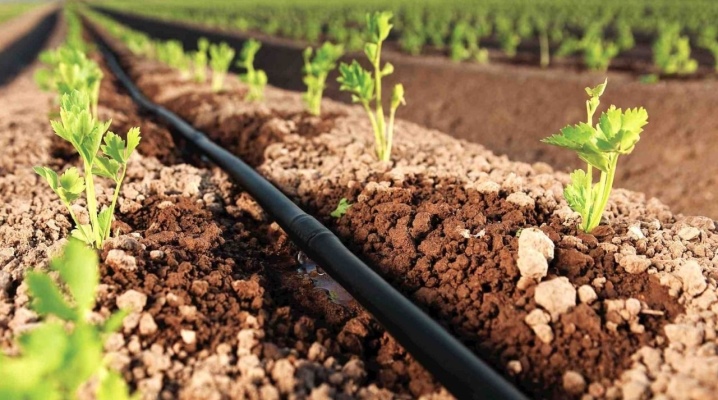
The drip irrigation system today is one of the most effective and demanded, since it allows you to significantly save the time of the summer resident and improve the condition of the crops on the site. In addition, this allows you to free up a large amount of space in the garden, which is usually occupied by hoses and other accessories. A well-designed drip irrigation system will allow you to get rid of all the torments that are associated with watering plants, as well as caring for them.
It should be noted that you can create a drip irrigation system with your own hands, without having any serious technical skills. In the modern construction market, you can find on sale all the necessary components that will allow you to get a competently made effective irrigation system at the exit, which will fully meet all individual human needs.
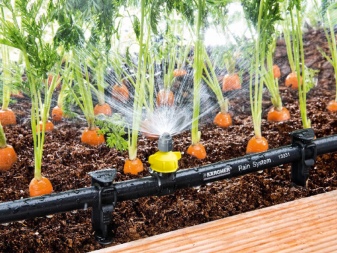
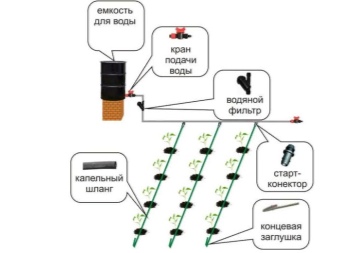
Getting to know your device
The drip irrigation system appeared several decades ago and in a short period of time was able to prove its effectiveness and efficiency. The advantages of using such a system were so impressive that it immediately became widespread throughout the world. A distinctive feature of drip irrigation is that water is supplied immediately to the roots of plants, which improves their irrigation and allows for maximum water flow.
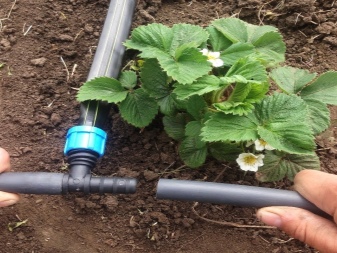
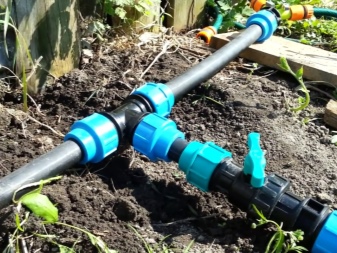
Today, there are two ways to supply water: the first involves pouring water on the surface of the stem, and the second is to supply water to the root area.
The first method is considered easier to install, but the second is more costly from a financial point of view, since you will have to spend money on a special hose or special drip tape that is laid on the ground.
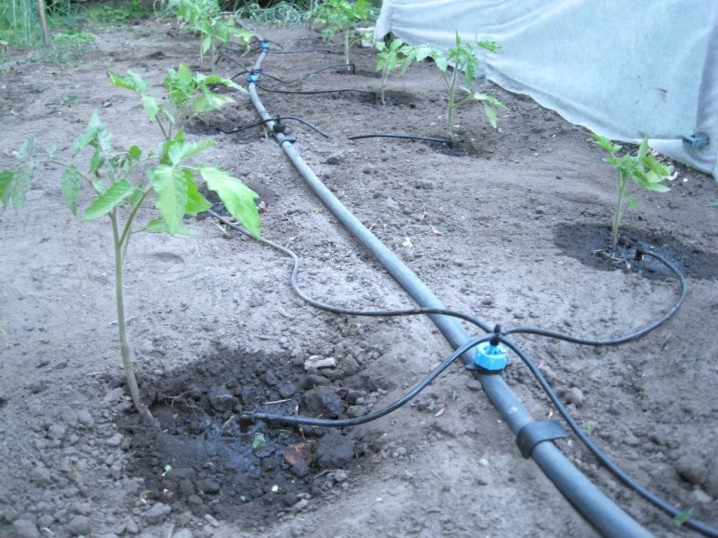
Besides, it is necessary to carry out a fairly large amount of earthwork, which not every person can do. However, it is this method of drip irrigation that is considered optimal in regions characterized by a hot climate. The fact is that laying a special hose from the ground facilitates the evaporation of a minimum amount of water, as a result of which the plants receive as much liquid as possible. Due to its unique design features, the drip irrigation system can be used not only in vegetable gardens, but also in a greenhouse. It is most effective in the process of growing vegetables and fruit crops.
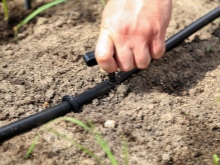
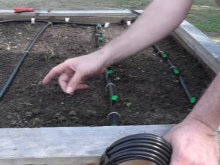
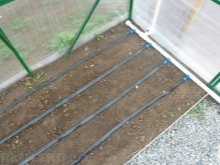
There is also a gravity flow system that requires a special container installed at a height of one and a half meters. In addition, such a system is characterized by a stable water pressure, as well as the presence of a pump and controller.
Special valves and pressure gauges ensure stable and trouble-free operation of the system, so that plants receive water at the right time.
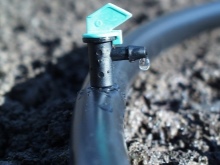
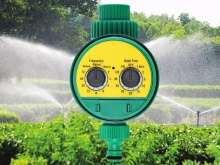
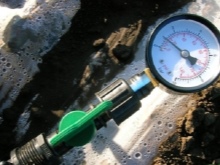
Some drip irrigation system options include a timer that turns on the water supply for a specific amount of time set by the user. There is also a more advanced system that is able to turn on and off the water in each belt, while determining the soil moisture and air condition.Special processors are responsible for the performance of such systems, the operating mode of which is created using the control panel.
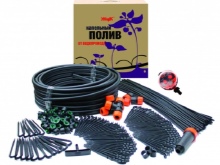
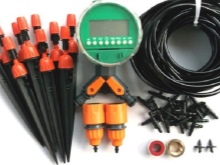
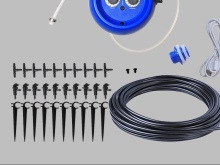
The unique technical features of the drip irrigation system provide a huge number of its advantages, among which the following can be distinguished.
-
Labor intensity is greatly reduced. If necessary, the system can be fully automated, as a result of which no effort will be required to ensure its operability.
-
The amount of water consumed is reduced. This result is achieved due to the fact that water is supplied immediately to the root, bypassing other zones.
-
The need for regular loosening of the soil is eliminated. Due to the constant supply of water in the required amount, a crust does not form on the soil, as a result of which there is no need to break it anymore. It is this procedure that usually takes a lot of summer residents' time, causing considerable harm to plants.
-
The productivity of agricultural crops increases significantly, the plant develops better. This result is achieved due to the fact that water is supplied only to the area that needs the most liquid. This is what contributes to the fastest fruiting.
-
If necessary, using such a system, you can organize an effective root top dressing, which also has a positive effect on the yield.
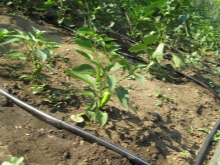


It should be noted that the economic efficiency of using such irrigation systems has been proven many times, even in industrial spheres. That is why today such systems are installed almost everywhere in greenhouses and vegetable gardens, which allows not only to save the amount of water consumed, but also to use advanced technologies as efficiently as possible.
The only serious drawback of such systems is that filtered water is needed for its normal operation, which carries additional costs.
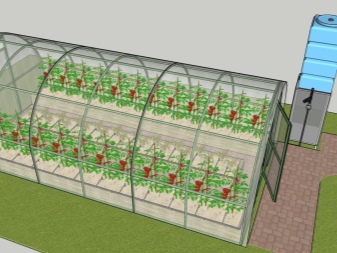
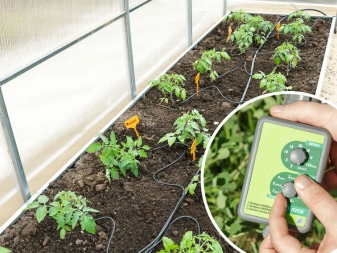
Unfortunately, in modern summer cottages it is impossible to find already purified water, even if it is centralized. That is why you will need to spend money on installing various filters. In addition, the drip irrigation system needs regular maintenance. It will be necessary to purge the pipes and clean the hoses, and make sure the mount is secure and the hoses are capable of carrying water.

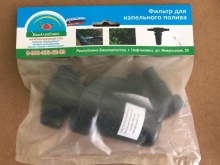
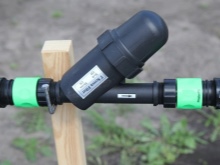
Making a system from a barrel
One of the most popular and demanded ways to create a drip irrigation system is to make a system with a barrel. In this case, the water is supplied by gravity, that is, the container enters by gravity. It should be noted that instead of a barrel, other containers can also be used that can be filled with networked centralized water or can include a natural source of water. The main disadvantage of such a system is that containers can become clogged with algae, plankton and other particles, as well as small substances.
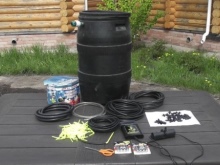
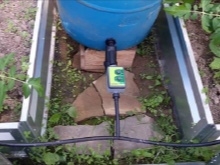
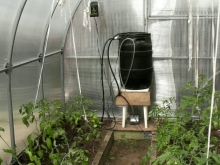
Do not forget that the barrels are mostly metal, therefore they are prone to corrosion, which leads to the appearance of small metal parts in the water, which can also harm not only the drip irrigation system, but also plants. That is why recently, in most cases, in the manufacture of barrels, materials are used that are resistant to various processes and do not deteriorate under the influence of moisture. Products that are of synthetic origin are considered optimal materials. For example, plastic or galvanized iron is the ideal solution.
After the barrel is filled with liquid, it is imperative to cover it to protect it from leaves, debris, and other parts.

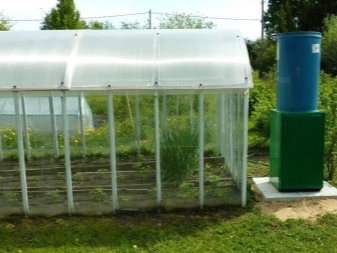
The capillary system, created using barrels and the principle of water distribution, will be able to provide tomato beds with water both outdoors and in a garden or greenhouse. In addition, you can connect the water supply and equip autowatering, which will greatly simplify the maintenance process. In home greenhouses, designing such a system from improvised means quickly assemble a circuit and connect the water supply to the plants.
In the process of creating such irrigation systems, it is necessary to pay attention to the volume of the barrel, which should depend on the individual requirements and characteristics of the vegetation. For in order for the created system to be able to fully provide the territory with water, it is necessary to replenish the supply of liquid in the barrel. An option is considered ideal, in which a continuous flow of water into the tank is ensured.

The location of the barrel is also important. Ideally, it is considered to be at a height of 2 m above the ground in order to guarantee the optimal level of pressure. And the water must be filtered and clean so as not to clog the hose, and also not to cause any harm to the plants. You can use any filter elements for cleaning, which need to be washed on a regular basis. An excellent solution would be medical droppers, which can boast of their ability to work in low pressure conditions.
It is the use of these components that is considered the best option in the process of creating a drip system from a barrel.


In the process of developing such a system, close attention must also be paid to the choice of a submersible pump that supplies water to the entire site. The power of this pump depends on how large the area will be irrigated, and how much water the pump will need to distill every day. If it is necessary to spread the main pipe throughout the greenhouse, fittings can be used. The unique design features of drip irrigation allow the system to be filled with various automatic electronic elements, which greatly simplify the operation process and minimize human intervention.

Homemade watering from bottles
Do-it-yourself drip irrigation with plastic bottles is an excellent alternative to expensive irrigation systems. The main advantage of such a system is that it is created extremely quickly and cheaply, which makes it the best solution for a small suburban area.
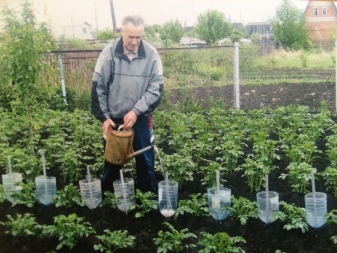

Required tools and materials
In order for the created system to boast of maximum efficiency and reliability, it will be necessary to prepare the following set of tools.
-
Scissors or knife used to cut bottles and make various small diameter hoses.
-
The awl needed to create a puncture in the bottles is a point.
-
Plastic bottles. The two-liter options show the greatest efficiency, however, if necessary, even five-liter bottles can be used.
-
Cotton fabric.

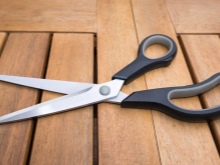
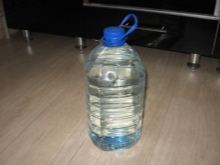
Collection and installation
In order for the bottle drip irrigation system to be as effective as possible, it is necessary to pay close attention to the process of its creation. The first step is to cut off the bottom of the bottle with a knife and screw it as tightly as possible to ensure a high level of safety. Several punctures must be made on the bottle cap, the diameter of which will not be more than half a millimeter. This point should be given close attention due to the fact that the throughput of such a system and its efficiency depend on it.
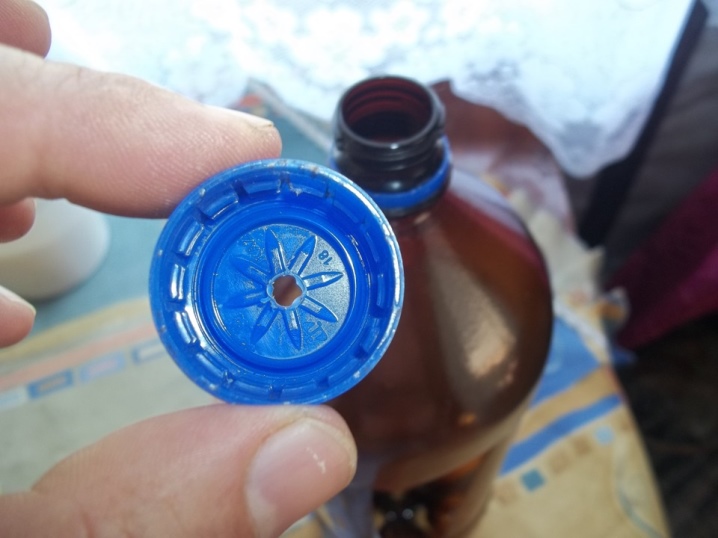
The ideal solution is to bury the bottle 4 cm near the stem, as well as laying it inside a small piece of cloth or nylon tights to ensure that the hole is protected from debris. If you correctly lay them on the bottom, then you can not worry about the purity of the water in the future. Another way to protect the inside of the bottle from debris is to use a mesh fabric, which acts as a kind of filter.
It should be noted that the plastic container can not only be buried near the stem, but also be above the plant itself. For example, you can hang it near the bushes by the neck.
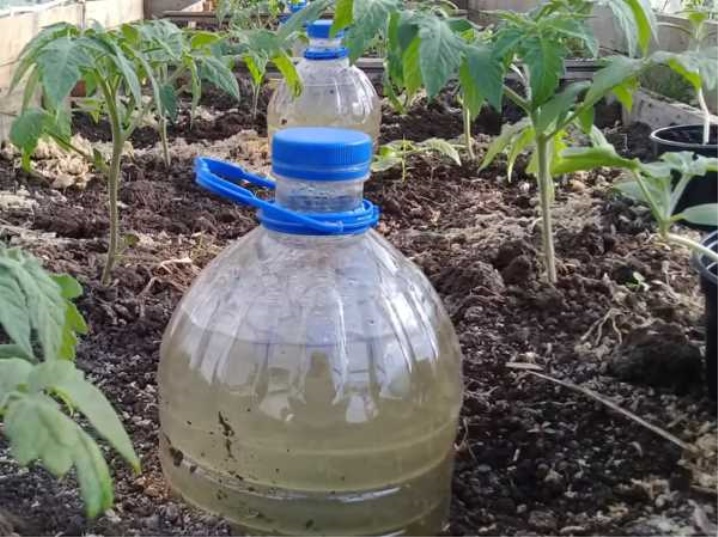
The main advantages of this method are that they provide protection from the ingress of soil into the bottle itself. In addition, this greatly simplifies the process of pouring water into the container.
If this is a rather large greenhouse, or the suburban area is characterized by a minimal area, then you can equip special wooden slats on which it will be convenient to hang plastic bottles. Such a system will be able to serve as long as possible and will provide a quick filling of liquid in the bottle, which is extremely important for large areas.
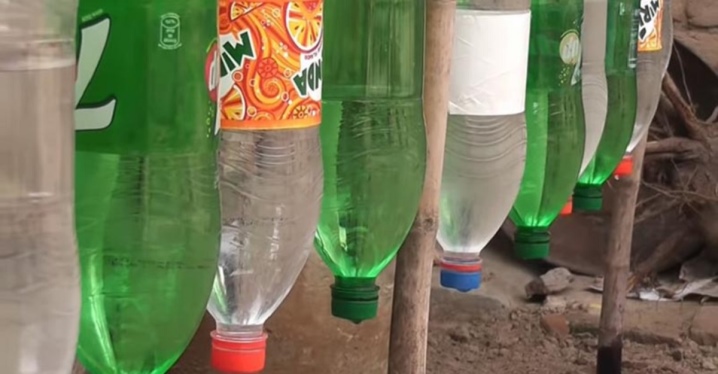
Assembly from polypropylene pipes
Recently, drip irrigation systems, which are created on the basis of polypropylene pipes, have been very popular. The effectiveness of such systems is caused, first of all, by the huge number of advantages of the polypropylene pipes themselves, among which the following can be distinguished:
-
the design of such a system is notable for its low weight, therefore, it is quite simple to develop, install and use a drip irrigation system;
-
polypropylene is characterized by a low cost, which makes it possible to create a similar system for any suburban area, regardless of the owner's budget;
-
the creation of such a system does not require the use of certain equipment and tools, it is thanks to this that any person can develop drip irrigation from polypropylene pipes with their own hands;
-
the unique properties of polypropylene provide reliable protection against the formation of condensation on pipes, which is of no small importance for protecting plants from possible diseases associated with high humidity;
-
the inner walls of such pipes are as smooth as possible, which does not allow the appearance of any deposits, therefore such systems do not require constant cleaning, and can also boast of their resistance to the spread of fungus and mold;
-
polypropylene is distinguished by its durability; with a competent approach, such a drip irrigation system can last more than 50 years.
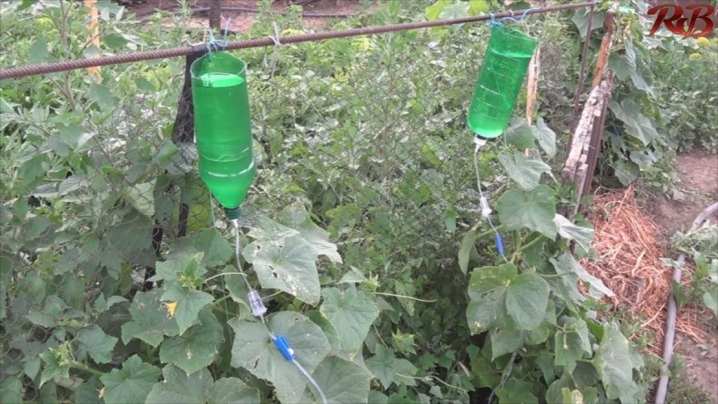
The unique design features of such a system make it possible to make it both automatic or semi-automatic, and completely manual. The last option is the simplest and cheapest. In this case, the drainage of water is carried out by opening a tap or a special valve. After the soil and plants have received the required amount of liquid, the flow of water stops.
As for the semi-automatic design for irrigation, it has a more complex structure, therefore, in some cases, you need to use the services of specialists to create it.

The water supply is carried out using a common line, which opens and closes manually. But the water resistance itself occurs automatically, which has a positive effect on the efficiency and level of water consumption.
The entire monitoring process is carried out using special sensors that receive information about the air temperature, soil moisture and transmit it to the controller. It is he who already makes the decision to open water and provide plants with liquid. The main advantages of automatic irrigation are that you can set a schedule for the system on the basis of which it will irrigate.
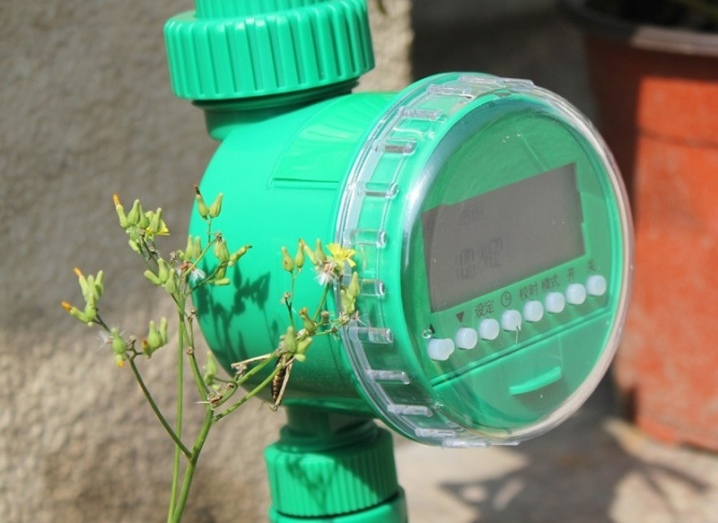
The ideal solution for creating such a system is to use polypropylene pipes, the diameter of which does not exceed 40 mm. But the main line, which is created from the same pipes, should be slightly thicker, with a diameter of about 100 mm.If it is necessary to connect pipes together, it is best to use compression fittings, which are characterized by maximum durability and strength.
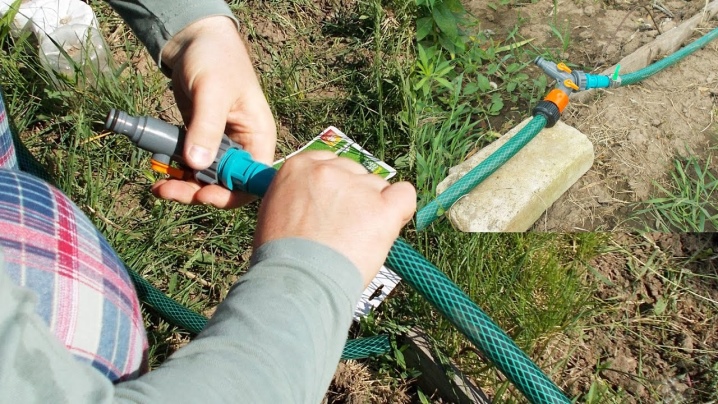
The main advantage in the process of creating such a system is that you will not need to use any tools, and all the work can be done by hand. If the irrigation system runs on the surface of the soil, then this process will take a minimum amount of time. The only thing that needs to be done is to take the hose away from the water tank and find the optimal length to cover the entire area to be irrigated.
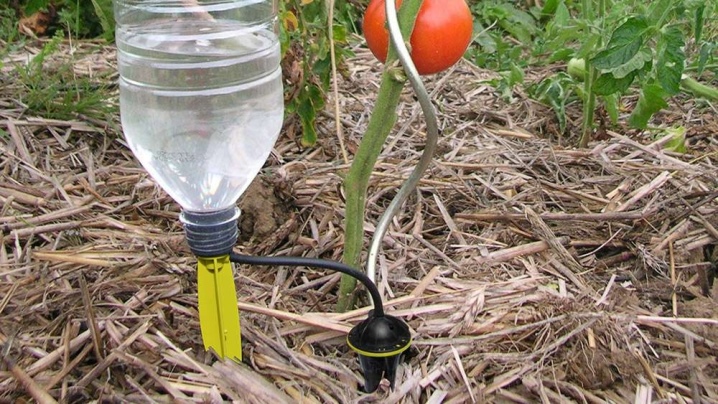
Common mistakes
In the process of creating an effective drip irrigation system, people often make mistakes that negatively affect the efficiency of the system and its longevity. Among the most common mistakes are the following -
-
Trying to save water as much as possible, resulting in insufficient water supply. Given the fact that drip irrigation is the main reason for higher yields and growth, the root system needs sufficient moisture. Of course, such an irrigation technique is necessary in order to ensure an effective water consumption, however, in no case should you limit its amount. And each plant must receive the necessary amount of liquid in order to prevent the opposite result. That is why it is necessary to select containers in such a way that they are able to provide crops with the required amount of water.
-
Wrong choice of drip irrigation system. It is necessary to choose a specific system depending on the specific conditions, the individual characteristics of the plants and the suburban area. If the pipes do not differ in large diameter, then they cannot be used for irrigation of huge areas. In addition, close attention must be paid to the system pressure.
-
Errors that are made during the installation process. That is why it is necessary to follow the instructions as clearly as possible in order for the system to be reliable and efficient.
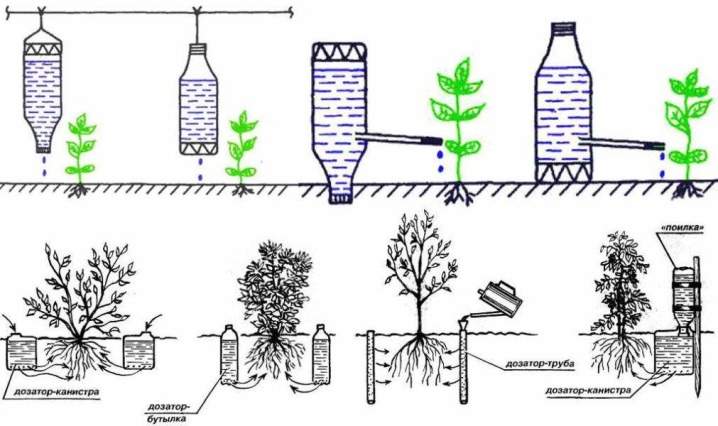
Useful Tips
In order to create the most effective drip irrigation system in a greenhouse or garden, you must adhere to the following recommendations.
-
Before installation, it is imperative to create a layout of the room, which will include the size and approximate location of the plants. Thanks to this, it will be possible to choose the optimal hose and think over where and how the containers for storing liquid will be located.
-
Before selecting a container, it is necessary to clearly determine what volume of water will be the most optimal for the site, and how best to fill the container. Of course, if the greenhouse has a large area, then it will be extremely inefficient to do this work by hand.
-
Whenever possible, it is best to use rainwater for irrigation, which is most efficient and beneficial for the plants.
-
Determine in advance what spare parts for the drip irrigation system may be needed in the future, buy and store them in case the system or any of its elements fails. This will ensure an optimal and regular flow of water to the plants.
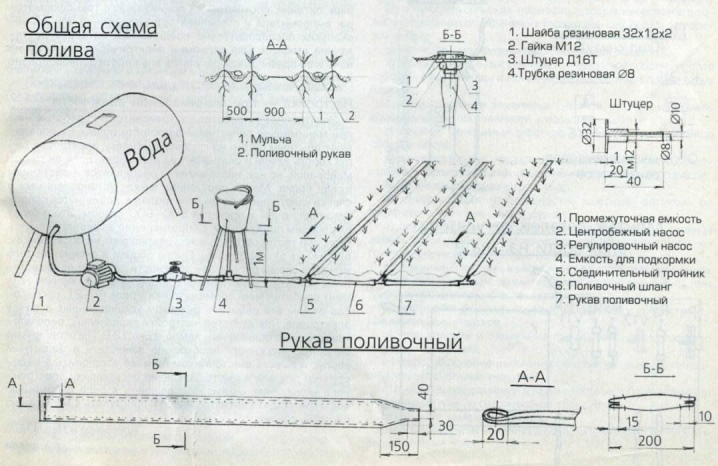
Thus, the drip irrigation system is one of the most effective and demanded on the modern market.
With the right and competent approach, it will provide the plant with the necessary amount of liquid, which has a positive effect on the yield and health of crops.
There are a lot of ideas on how to arrange a drip irrigation system in the country with your own hands. If you correctly approach this issue, then you can get an eternal system at the exit that will provide water for tomatoes, cucumbers and other crops.
How to do drip irrigation with your own hands, see below.













The comment was sent successfully.